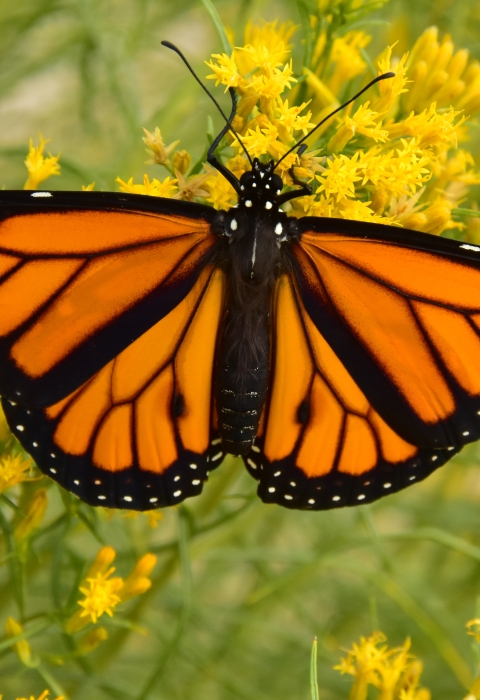The monarch butterfly, probably the world’s best-known butterfly, has become the symbol for a whole class of imperiled pollinators.
A monarch butterfly can travel up to 3,000 miles during fall migration. But the spectacular fall flight of millions of monarchs is threatened by loss of habitat in overwintering areas and throughout breeding and migration areas.
In recent decades, numbers of North American monarchs have plummeted. Both the eastern population (which overwinters in Mexico) and the western population (which overwinters in California) are down. Status reports are based on annual counts at overwintering sites. From 1996 to 2020, the eastern monarch population dropped 88 percent, from an estimated 383 million to just under 45 million.
Since the 1980s, the western overwintering population has dropped more than 99 percent, from 4.5 million to 1,914 monarchs.
On December 15, 2020, the Fish and Wildlife Service announced a 12-month finding on a petition to list the monarch butterfly under the Endangered Species Act. After a thorough review of the monarch’s status, the Service determined that listing is “warranted, but precluded” at this time because of higher-priority listing actions.
The Service is working with federal and state agencies, tribes and non-government groups to conserve monarchs. These efforts involve engaging the public in creating and restoring habitat for monarchs and other pollinators.



